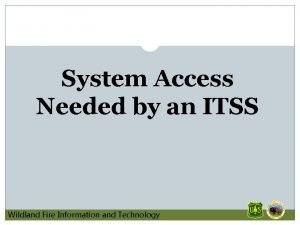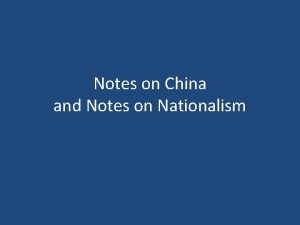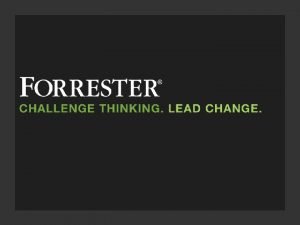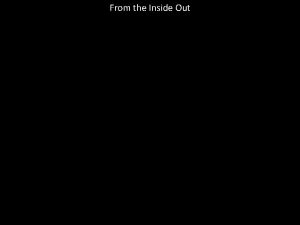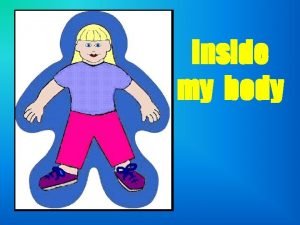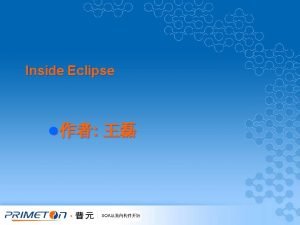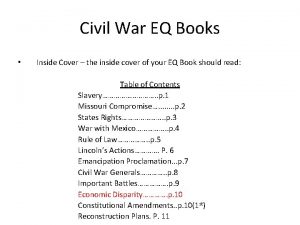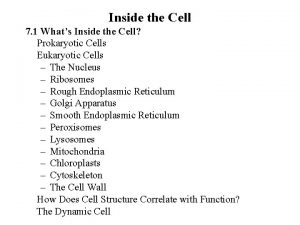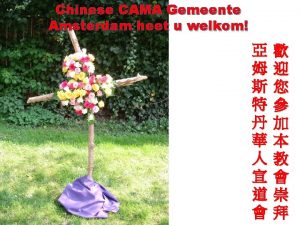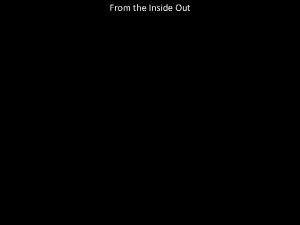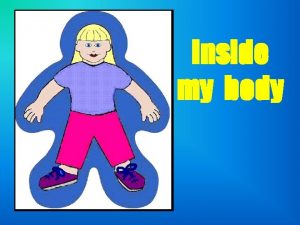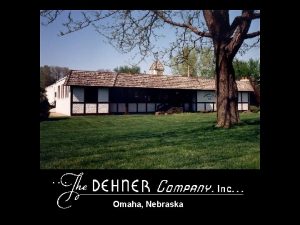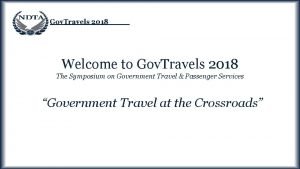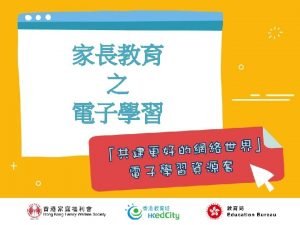AP Gov China Notes China from the Inside






















- Slides: 22

AP Gov ● China Notes ● China from the Inside ○ Village Elections ○ Judicial Reform

People’s Republic of China (1949 ) Population Size: 1. 3 billion 90% Han (Uyghur & Tibet are minority groups) Unitary System of Government; Communist one party government Hong Kong and Maco (administrative Units); Taiwan independent

Brief History: Mao Zedong won the Civil War with the Kuomintang & created the People’s Republic of China (1949)

The Great Leap Forward – 1958 Mao’s goal to greatly increase agricultural and industrial production

The Great Leap modernized the country, but ultimately failed to improve living conditions because: China changed too quickly; No expert advice was used; Natural disasters/peasant discontent led to famine • 30 million died

The Cultural Revolution a. Abolish Old Customs, Old Culture, Old Habits, and Old Ideas b. Get rid of intellectuals and Mao’s political enemies

Destruction of the Old Ways

Red Guards with “Little Red Book” “Top Down” political participation

Propaganda

Deng Xiaoping (1978 -1992) After Mao Zedong’s death, China is ruled by the “Gang of Four” for a short period of time. Deng Xiaoping replaces them as CCP leader, and dramatic changes occur in China.

Democracy = 5 th Modernization

Democracy Wall 1978 -79 This did not go well for citizens.

China – Branches of Government One Party Rule



China - Topics of Focus 1. Political Change -Little Change in CCP structure (- CCP recruits capitalists) -Occasional Open Politburo Debate -Anti corruption mechanisms -Little Change in judicial structure -Village Elections 2. Economic Change -Slow (especially compared to Russia) -Deng Xiaoping initiates privatization/market

Modern China - Political Change Cultural Revolution Legacy -Judicial System (A) code law & lack of independent judiciary (B) prosecutors win cases swiftly/harsh penalties -death penalty/torture for political crimes -re-education through labor -high # of political prisoners/dissidents -Judicial Reform o. Legal training for lawyers and judges today(post college) o. Private Law Firms emerge in the 1980’s (protect property) o. Internal system developed to penalize corrupt CCP

Deng’s Iron Fist During Deng's economic reforms he kept an iron fist ready to crush any threats to the nation's Communist dictatorship. In Deng's final five years, virtually all of China's dissidents were imprisoned or exiled abroad.

Modern China – One Party Rule ● State Owned Press/TV/Entertainment industry -China News Daily (English version available on-line) -Foreign /private journalism with approval - Dahzhibao – posters still common. ●Lack of Transparency (SARS) ●Censorship of Internet ● Social Media banned (FB/Twitter) ●“Jasmine” censored ●China employs 20, 000 internet censors ● ● Crackdowns on Protests/Dissent Tiannanmen Square ●Falun Gong ●Labor Protests – hundreds of thousands ●

China – results of economic change ● Market forces = economic boom & unequal wealth ●Privatization = no guaranteed “iron rice bowl” Fewer working in danwei and unraveling of hukou; many migrant workers flock to cities ● ● “Guanxi” capitalism ● Environmental consequences

Economic Reforms under Deng Xiaoping (1980 s) Same man who sent tanks out to squash Tiananmen Sq. protesters!! 1. Special Economic Zones (SEZs) 2) Privatization (private companies compete against State Owned Enterprises (SOEs) 3) Entrepreneurs allowed to form their own businesses 4) Private property rights codified in the Constitution 5) Agricultural Reform

Political and Economic Change in China. ●Identify and describe the Political and Economic changes that have occurred in China since Mao’s death. ●Describe the changes that have come in China’s Judiciary ●Identify Iron Rice Bowl, Danwei, Hukou and Guanxi Capitalism. ●Work in Study guide for rest of period.
 Ftp wildland fire
Ftp wildland fire Conversion notes brutes en notes standard wisc 5
Conversion notes brutes en notes standard wisc 5 Hát kết hợp bộ gõ cơ thể
Hát kết hợp bộ gõ cơ thể Lp html
Lp html Bổ thể
Bổ thể Tỉ lệ cơ thể trẻ em
Tỉ lệ cơ thể trẻ em Voi kéo gỗ như thế nào
Voi kéo gỗ như thế nào Chụp tư thế worms-breton
Chụp tư thế worms-breton Hát lên người ơi
Hát lên người ơi Các môn thể thao bắt đầu bằng tiếng nhảy
Các môn thể thao bắt đầu bằng tiếng nhảy Thế nào là hệ số cao nhất
Thế nào là hệ số cao nhất Các châu lục và đại dương trên thế giới
Các châu lục và đại dương trên thế giới Công thức tính độ biến thiên đông lượng
Công thức tính độ biến thiên đông lượng Trời xanh đây là của chúng ta thể thơ
Trời xanh đây là của chúng ta thể thơ Mật thư anh em như thể tay chân
Mật thư anh em như thể tay chân Phép trừ bù
Phép trừ bù độ dài liên kết
độ dài liên kết Các châu lục và đại dương trên thế giới
Các châu lục và đại dương trên thế giới Thơ thất ngôn tứ tuyệt đường luật
Thơ thất ngôn tứ tuyệt đường luật Quá trình desamine hóa có thể tạo ra
Quá trình desamine hóa có thể tạo ra Một số thể thơ truyền thống
Một số thể thơ truyền thống Cái miệng nó xinh thế
Cái miệng nó xinh thế Vẽ hình chiếu vuông góc của vật thể sau
Vẽ hình chiếu vuông góc của vật thể sau
